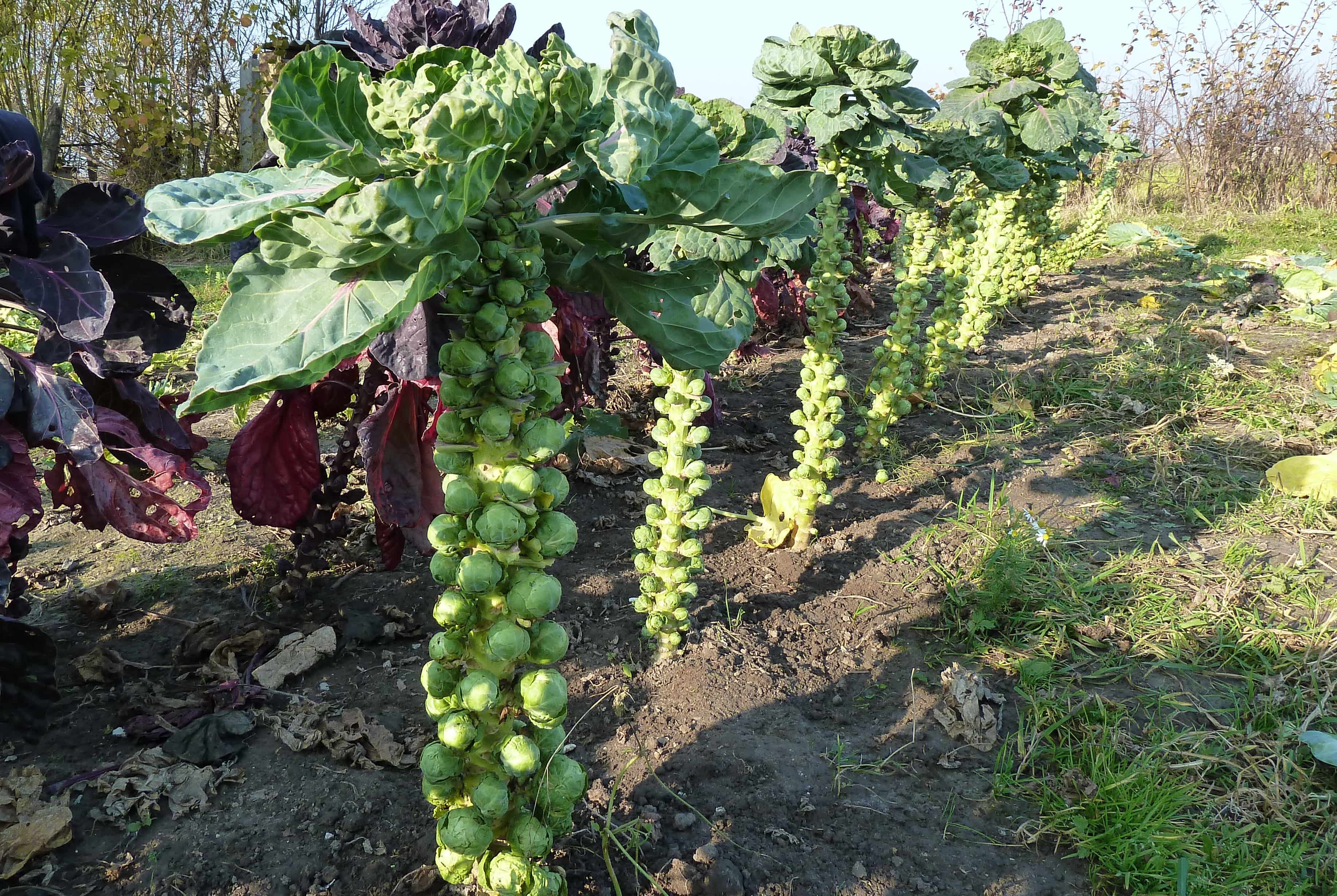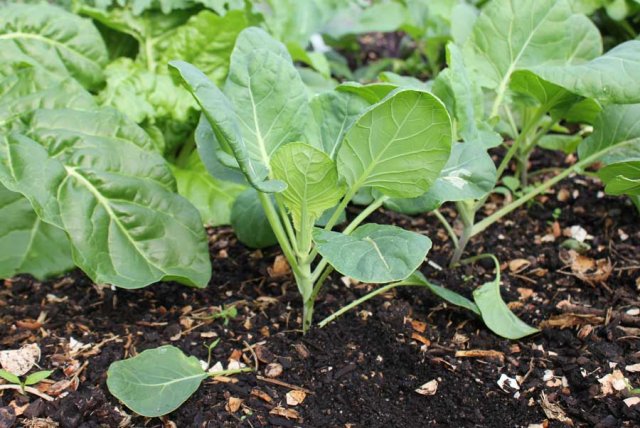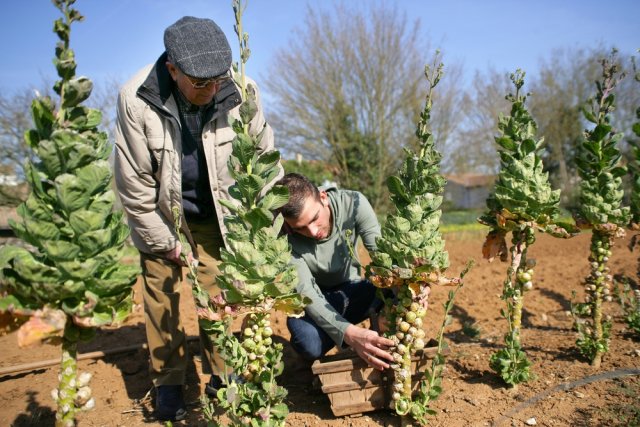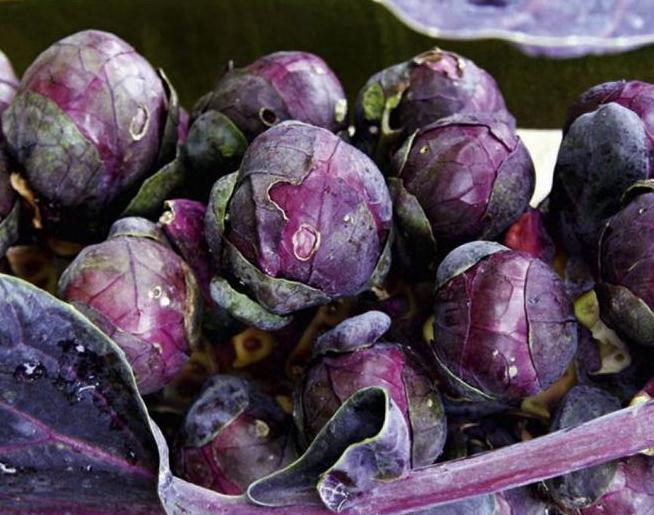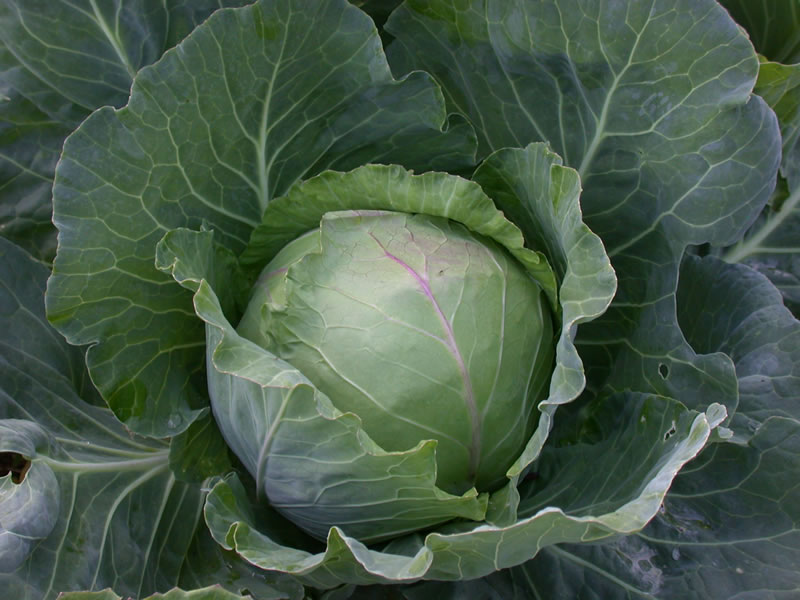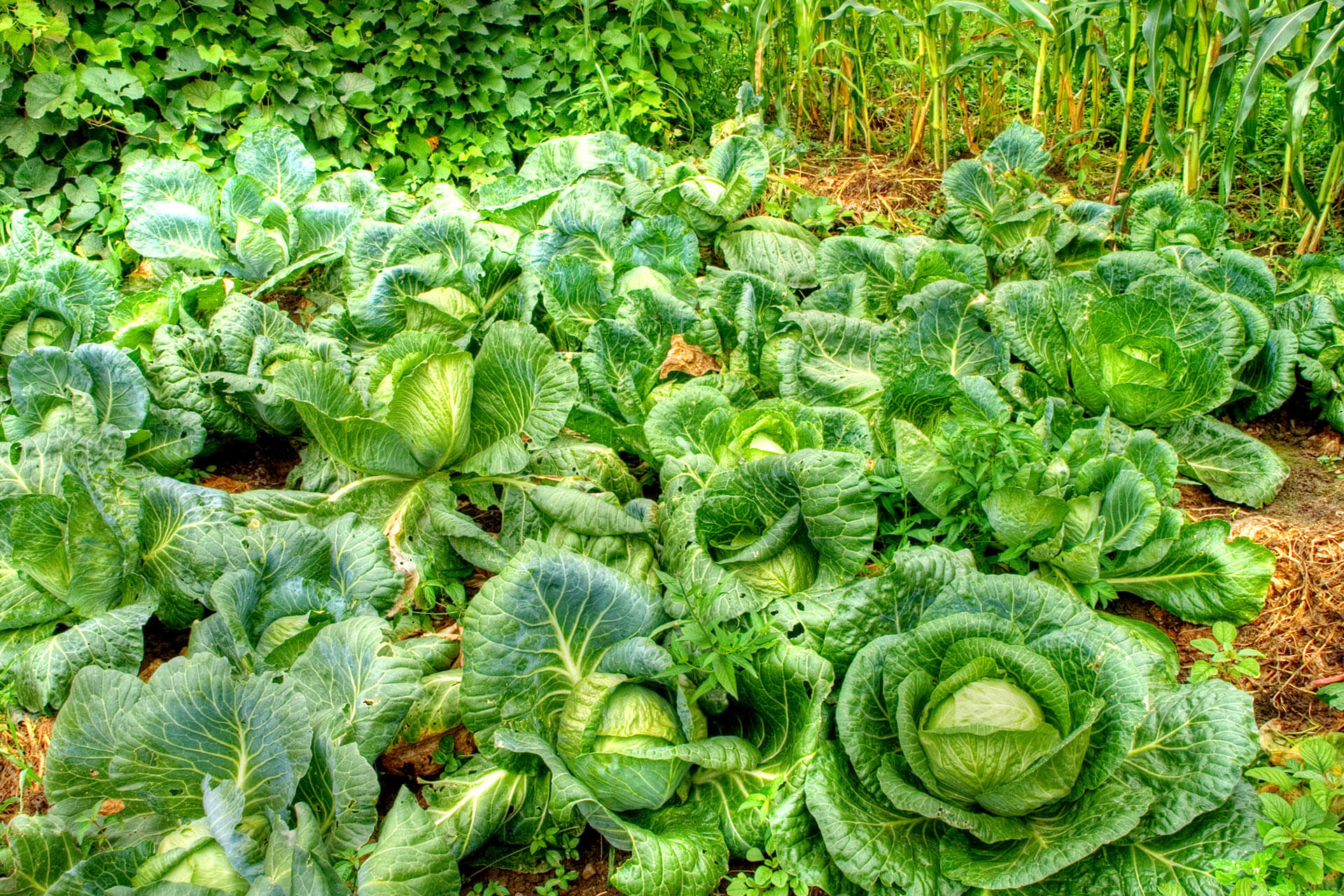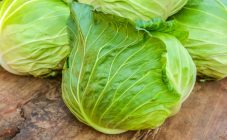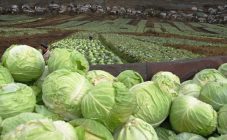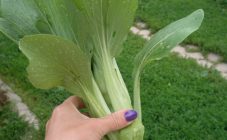Content:
Brussels sprouts are called an irreplaceable source of protein, the content of which is much higher than that of any other vegetable crop, and the concentration of vitamin C in it exceeds that of white cabbage by 3 times. On the territory of Russia, this variety is not very popular and is grown by domestic farmers extremely rarely, mostly by amateurs, and on an industrial scale, the crop has never been planted. It is distinguished by high, but peculiar and even specific taste qualities, which not everyone likes, in this regard, the culture is very different from the usual white cabbage. It also radically differs from other varieties in terms of growth biology, unusual for any of the related vegetable crops to Belgian cabbage.
general information
Brassica oleracea L var. gemmifera is a distinct variety of cabbage, widely grown in Western Europe. As the name implies, Belgium is recognized as its homeland, no one doubts about belonging to the most developed of the Benelux countries.
But whether Brussels, the capital of the EU, is the place of its appearance, is in many ways controversial, as is the time when it happened. According to the official version, this variety was bred by medieval Brabant breeders back in the 13th century, but this has not been documented. Most likely, this happened much later, at least outside Belgium, the cultivation of Brussels sprouts began only at the end of the 17th century.
In Europe, this vegetable is very popular, every Belgian knows why. First of all, for the high content of vitamins, mineral salts, which have a beneficial effect on the human body. The protein concentration in it is such that the nutritional value of vegetable soup is comparable to chicken broth.
Brussels sprouts are two-year-old cross-pollinated plants that differ from all other varieties in a number of ways. The first year it looks like a wild one - with a thick stem, cylindrical, from 20 to 60 cm tall, and small leaves on underdeveloped calyxes, 15 to 32 cm long. By the time of ripening, fruits are formed in the axils between the leaves - miniature heads of cabbage, the size of an average walnut, up to 20 grams. by weight, in quantities from 40 to 60 pieces. In the second year, the plant begins to throw out stems more than 1 m long, where both inflorescences and tiny heads are formed. The cultivation of this variety of cabbage is somewhat different from the others; the whole step-by-step process should be considered in detail.
Agrotechnics
Site preparation
The preparation of the soil for planting is carried out in the autumn, the soil is fed with mineral fertilizers at the rate of 30 kg of humus per 1 m2. For the winter, it remains open to the effect of snow cover and weathering, with loosening in spring to a shallow depth - within 3-5 cm, and the addition of fish fertilizer with a high phosphorus content - 120 g. per 1 m2.
Sowing
Crop seeds are sown in a separate area, depending on weather conditions, from the second half of March to early April.To do this, make small grooves, 12-15 mm deep, observing an interval of at least 15 cm. The sown area is covered with a film, providing protection in case of night frosts and preventing the soil from losing the required moisture level. When the first shoots appear, they need to be thinned so that a distance of at least 5-7 cm remains between the shoots.
Transplanting
Planting seedlings of Brussels sprouts in open ground is carried out in late May - early June, when it warms up to + 12-140, and the plants reach a height of 10 to 15 cm.The distance between young shoots should be 80-90 cm, the depth of the pits should not less than 2.5-3 cm, so that the lower leaves are underground. Immediately after planting, the seedlings should be watered abundantly with lukewarm water. In adverse weather conditions, the planted sprouts will need to be fixed on the posts until they take root.
Growing care
Unlike other varieties, most of which are not demanding, Brussels sprouts require care, a description of the general process is as follows:
- Young plants are quite vulnerable in the first days after planting in the open field, and therefore a considerable number of them die at the time of adaptation. In the place of the missing, new seedlings need to be planted. Cabbage of this variety does not tolerate weeds and constantly requires weeding, as soon as weeds appear. In parallel with this, the soil is loosened, due to which it is saturated with nitrogen, which will make the culture grow better and remain healthy;
- For the culture, weeding is an important part of care; it must be carried out at least 6 times during the season. Compaction of the soil should not be allowed - this leads to growth retardation, increased fallouts, especially if there is a heavy soil composition. The first loosening must be carried out in the first days after planting the seedlings, in the period from 3 to 5 days, then at least 1 time within 2-3 weeks. Unlike other varieties, Belgian cabbage does not need hilling - the largest fruits are formed in the lower part of the stem;
- Regardless of the state of the soil, plants need additional feeding all season, this has a direct effect on the size, ripening time and quality of heads of cabbage. Basically, for these purposes, liquid types of fertilizers are used, for example, bird droppings diluted with water, in a consistency of 1:10. This is done in the form of watering with nutrient mixtures in a sufficiently large volume, for each of the sprouts not less than 1-1.5 liters. In conclusion, the plants themselves need to be sprayed with clean water - the top dressing that gets on them can burn the leaves;
- In addition, moisture is important for Brussels sprouts; if a sultry, dry summer comes out, it will need to be watered. Depending on the composition of the soil, irrigation is carried out 2 to 5 times per season: the poorer it is, the more moisture will be required for the crop.
Harvesting
Harvesting begins when the heads of cabbage reach full maturity, depending on the early maturity of a particular variety. This is about the same time as for white cabbage: from August to October. At least a week before, all the leaves are plucked from the stems, this is done carefully so as not to damage the fruits.
Pests of Brussels sprouts
The culture is susceptible to attack by the same pests as other varieties. Most often it is occupied by:
- white woman;
- spring fly;
- wavy flea;
- cabbage leaf beetle;
- cruciferous flea;
- moth;
- scoop;
- bear;
- rapeseed bug;
- black flea;
- wireworm.
The usual methods of dealing with them: preventive work, including the destruction of weeds and plant residues after harvest, deep digging of the soil. If pests, their eggs or larvae are found, the culture must be treated by spraying, herbal tinctures and decoctions, soapy water or special chemicals.
The best varieties
As is the case with the common cabbage for everyone, Brussels sprouts are divided into many separate varieties, and those, in turn, into early maturity categories. In addition, each of them has its own specifics, its own characteristics and features.
Finding the best among them can take a long time, so it's worth focusing on the most recognized and popular ones:
- Hercules is one of the best late-ripening varieties, reaching technical maturity from 145 to 160 days from the moment of the first shoots. Differs in high density of fruits, average yield - from 20 to 30 pieces per stem, diameter of heads - 3-5 cm, weight - within 10-12 g., Total weight - up to 0.6 kg. Recognized for its outstanding taste, it is used in cooking and canning. Frost resistant, can withstand temperature drops down to -80;
- Dolmik is one of the few early maturing varieties, the growing season covers a period of time from 80 to 90 days. Fruit density is low, with a short shelf life. The yield is above average - from 40 to 60 fruits, weighing 9-17 grams. each, the total weight is on average 0.6-0.8 kg. It is used exclusively fresh or frozen and has a high energy value. Low cold resistance - from 0 to -20;
- Casio is a late-ripening variety, although it is declared as mid-ripening, which is not true - the ripening period is within 170-180 days from the moment of planting in the garden. A distinctive feature is a high crop yield, from 60 to 70 heads of cabbage per plant, 2-3 cm in diameter, with an average weight of 10-11 grams. total up to 0.9 kg. It has good taste and is consumed fresh. Frost resistance - up to -80;
- Sapphire - belongs to the mid-season, the ripening period is within 110-120 days from the moment of planting in the open field. The density of heads of cabbage is average, the number on the stem is from 30 to 40 pieces, with a diameter of 2-4 cm, the weight of each of them is on average 10-15 grams, with a total weight of within 0.5 kg. The peculiarity of this variety is its excellent taste, high content of vitamins and nutrients. Frost resistant, able to withstand temperatures as low as -50;
- Explorer - belongs to mid-season varieties, the growing season is from 105 to 115 days from the moment of planting in the garden. The fruits are dense, the yield is above average - from 40 to 50 heads of cabbage per stem, with a diameter of 2.5 cm, weighing 9-14 grams, total weight - on average 0.6-0.7 kg. It is used raw, frozen and processed, with excellent taste. Refers to frost-resistant crops, withstands temperatures from -2 to -50.
